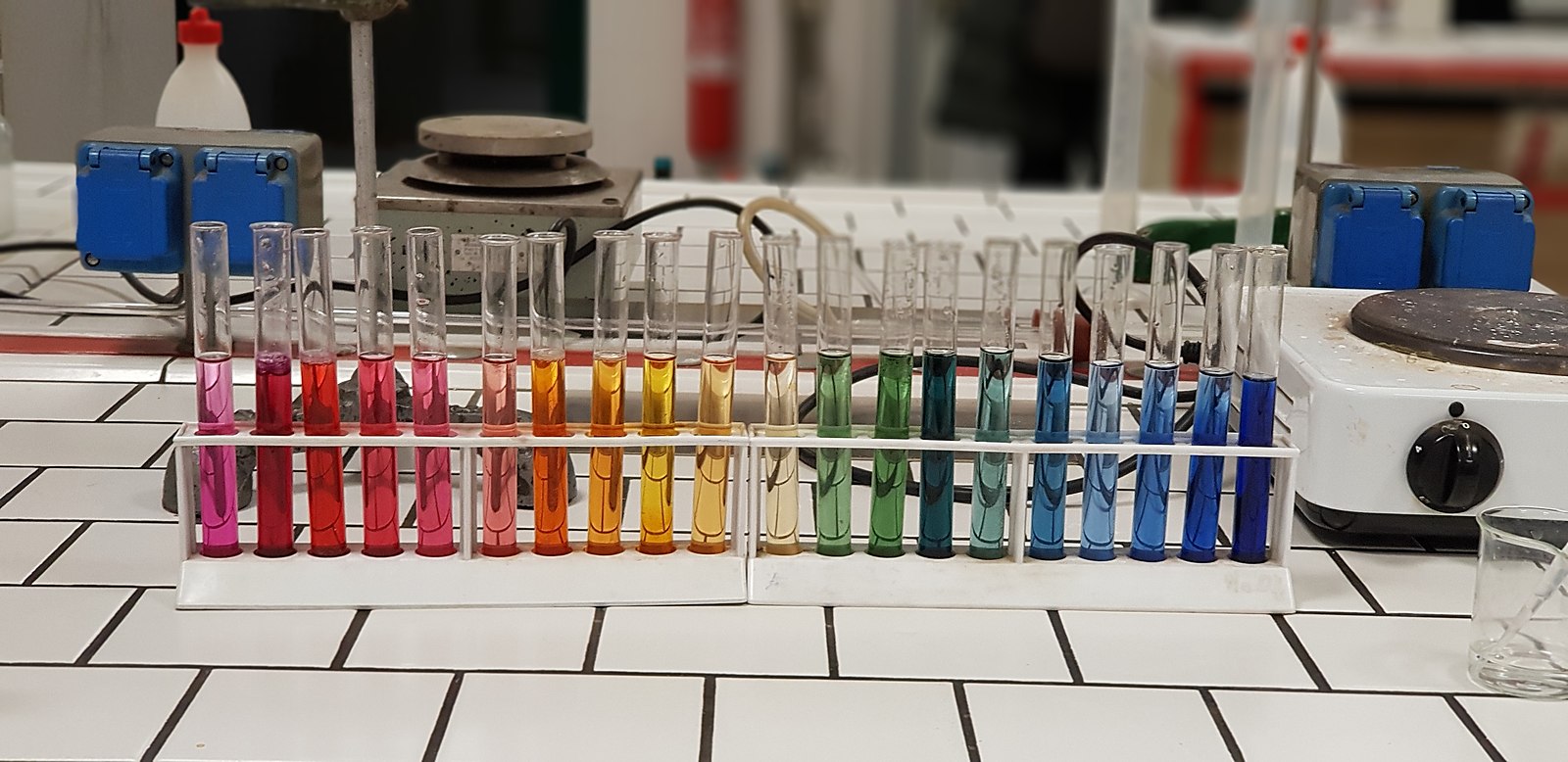The pH of concrete wash water typically ranges from 12 to 13, making it highly alkaline. This high pH level is due to the presence of a highly alkaline chemical by-product generated during the concrete hardening process, which has a natural pH exceeding 12. Untreated concrete wash water with such high pH levels can have catastrophic effects on the environment if released into surface or groundwater.
Understanding the Causes of High pH in Concrete Wash Water
Concrete is a mixture of cement, water, and aggregates (sand and gravel). During the hardening process, a highly alkaline chemical by-product is generated, which results in the high pH of the concrete wash water. This by-product is primarily composed of calcium hydroxide (Ca(OH)2), which has a pH of around 12.5 to 13.
The high pH of concrete wash water is a result of the following factors:
-
Cement Hydration: When cement is mixed with water, a series of chemical reactions occur, known as cement hydration. This process produces calcium hydroxide as a by-product, which contributes to the high pH of the concrete wash water.
-
Admixtures: Concrete often contains various admixtures, such as plasticizers, accelerators, and retarders, which can further increase the pH of the wash water.
-
Aggregate Dissolution: The aggregates (sand and gravel) used in concrete can also contribute to the high pH by dissolving and releasing alkaline compounds into the wash water.
Impacts of High pH Concrete Wash Water on the Environment
Untreated concrete wash water with a pH of 12 to 13 can have severe consequences for the environment if released into surface or groundwater. The high alkalinity can have the following detrimental effects:
-
Aquatic Life: The high pH can be lethal to aquatic organisms, causing damage to their outer surfaces and inhibiting their growth and development.
-
Vegetation: The high pH can also negatively impact vegetation, leading to stunted growth or even death of plants.
-
Soil and Groundwater: The alkaline wash water can alter the pH of soil and groundwater, disrupting the natural balance and affecting the overall ecosystem.
-
Infrastructure: The high pH can also cause corrosion and damage to concrete structures, pipes, and other infrastructure.
Treating Concrete Wash Water to Reduce pH
To make high alkalinity wash water safe for the environment, various treatment methods can be employed. Here are some of the common approaches:
Dilution
Dilution is a common method for reducing the pH of concrete wash water. However, this process requires a massive scale of dilution to be effective. For instance, 100,000 liters of clean water would be needed to effectively dilute one liter of pH12 concrete wash water.
Mineral Acid Treatment
Alternatives to dilution include using mineral acids, such as sulfuric or hydrochloric acid, to adjust the pH. However, these acids are dangerous to handle, require secure storage, and produce harmful by-products.
Citric Acid Treatment
Citric acid (fruit acid) is another option for pH adjustment, but it can be expensive, and overdosing can lead to acidic water and increased biochemical oxygen demand, which is harmful to the aquatic environment.
Carbon Dioxide Treatment
The latest thinking suggests that carbon dioxide (which is mildly acidic when dissolved in water) is the best neutralizing agent for concrete water. It is self-buffering, making it virtually impossible to acidify the water through overdosing, and its by-products are non-hazardous and even beneficial. Carbon dioxide is also easy to store, and its disposal does not incur additional costs associated with hazardous waste.
Contaminants in Concrete Wash Water
In addition to the high pH, concrete wash water can also contain various contaminants, including:
- Aluminum
- Barium
- Chromium
- Hexavalent chromium
- Copper
- Iron
- Magnesium
- Manganese
- Nickel
- Potassium
- Selenium
- Sodium
- Vanadium
- Zinc
- Trace elements of petroleum products, admixtures, and other materials from processing or treating the material
These contaminants can have detrimental effects on aquatic life and vegetation, with high pH levels causing death, damage to outer surfaces, and inhibited growth.
Managing Concrete Wash Water through Risk Management and Compliance Systems
To address the issues associated with concrete wash water, the construction industry can employ risk management and compliance systems, such as Concrete Washout Systems (CWS). These systems control, capture, and contain all concrete and washwater material, divert and recycle concrete material, and recycle caustic concrete washwater generated on job sites. CWS has also developed a patent-pending treatment and recycling system that reduces contaminant levels in concrete washwater so it may be used for other applications and/or recycled.
By implementing these systems, construction companies can effectively manage the pH and contaminants in concrete wash water, ensuring that the effluent is treated and disposed of in an environmentally responsible manner.
Conclusion
The pH of concrete wash water is a critical issue that requires careful attention and management. With its highly alkaline nature, ranging from 12 to 13, untreated concrete wash water can have devastating effects on the environment if released into surface or groundwater. Understanding the causes of the high pH, the impacts on the ecosystem, and the various treatment methods available is essential for construction companies to mitigate the environmental risks associated with this effluent.
By employing risk management and compliance systems, such as Concrete Washout Systems, construction companies can effectively control, capture, and treat concrete wash water, ensuring that the pH and contaminant levels are within acceptable limits before disposal or reuse. Adopting these best practices is crucial for the construction industry to minimize its environmental footprint and contribute to a more sustainable future.
References:
– https://www.constructionnews.co.uk/sections/news/how-to-treat-concrete-washwater-14-04-2016/
– http://cleansitesolutions.com/industryproblems/concretewashwater.html
– https://bluerinse.co.uk/danger-of-high-ph-wash-water/
– https://www.coralville.org/DocumentView.aspx?DID=249

